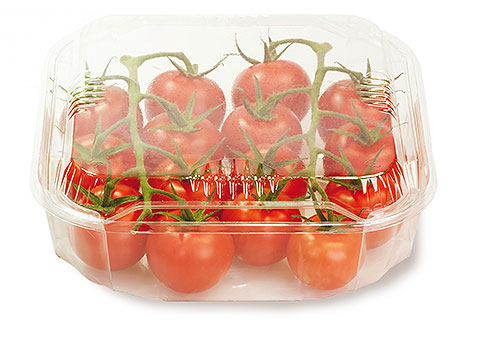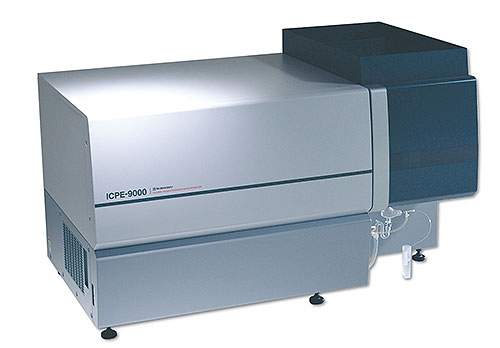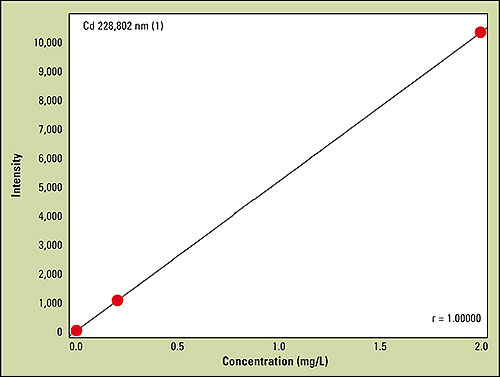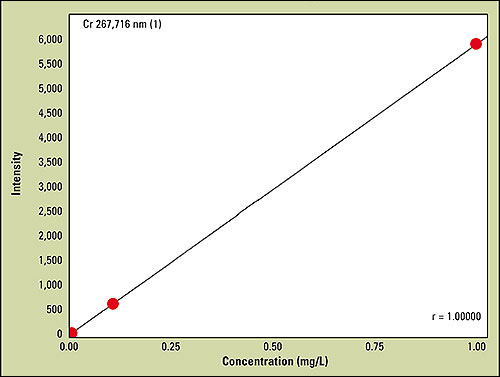Heavy metals in plastic packagings
Determination using ICP-OES

The ‘European Ordinance on the Avoidance and Recovery of Packaging Wastes’ (Packaging Ordinance – VerpackV) aims at avoiding or reducing the environmental impacts of wastes arising from packaging.
In addition, the proportion of environmentally friendly oneway drinks packaging as well as reusable drinks packaging must be increased up to a level of at least 80 %. As an example, by December 2008 60 percent by weight of glass, paper and cardboard out of the total quantity of packaging wastes generated in Europe were recycled along with 22.5 percent by weight of plastics.
The cumulative concentration of the heavy metals lead, cadmium, mercury and hexavalent chromium in packaging materials and packaging material components must not exceed 100 mg/kg.
 Figure 1: ICP-OES spectrometer ICPE-9000 with CCD detector
Figure 1: ICP-OES spectrometer ICPE-9000 with CCD detector
Meanwhile, producers of packaging materials guarantee that they will not use any raw materials containing these heavy metals in the manufacture of their products. In addition, representative products are being subjected to random analyses.
The simultaneous determination of heavy metals is commonly carried out using ICP-OES spectrometers such as Shimadzu’s ICPE-9000 (Figure 1), which excel through their high sensitivity, broad dynamic range and high sample throughput. The ICPE-9000 with CCD detector (charged coupled device) is equipped with vacuum optics setting new standards in performance and speed.
Emission spectra of all elements present
 Table 1: Instrumental parameters for the determination of heavy metals using the ICPE-9000
Table 1: Instrumental parameters for the determination of heavy metals using the ICPE-9000
The ICPE-9000 vaporizes plastics samples in the plasma torch according to a suitable sample decomposition method. The atoms and ions released are subsequently excited to emit radiation. The radiation is processed in the optical system and measured using the CCD detector, whereby the emission spectra of all elements present in the sample are displayed. Quantitative determination of the elements is carried out against calibration curves obtained from multi-element standards. Figure 2 shows the calibration curves of selected heavy metals in the concentration range of 0.1 up to 2 mg/L.
Two methods for sample decomposition
Several sample pretreatment methods are available. A widely used method is microwave digestion, which is carried out in microwave permeable pressure containers in a microwave oven. An example is the treatment of samples using a mixture of concentrated nitric acid and concentrated hydrogen peroxide under increased pressure/temperature conditions.
 Table 2: Results for the polyethylene reference standards (all values in mg/kg)
Table 2: Results for the polyethylene reference standards (all values in mg/kg)
Other methods possible are wet ashing and dry ashing, whereby the organic components of solid samples are decomposed via combustion in a crucible. In the present example, these three methods are used to decompose the polyethylene samples, which were measured and compared with international reference standards (BCR-680 and BCR-681) using the ICPE-9000.

 Figure 2: Calibration curves of selected heavy metals
Figure 2: Calibration curves of selected heavy metals
The results are summarized in table 2 and show very good agreement with the certified reference values when using the closed microwave decomposition system.
The system configuration with ICP-OES described here provides an up-to-date overview on the best technology available for determination of heavy metals in plastic packaging according to the European Packaging Ordinance. The actual concentrations of individual substances in homogeneous sample material can vary strongly. After sample pretreatment and dilution, sample analysis using the ICPE-9000 is straightforward and fast.